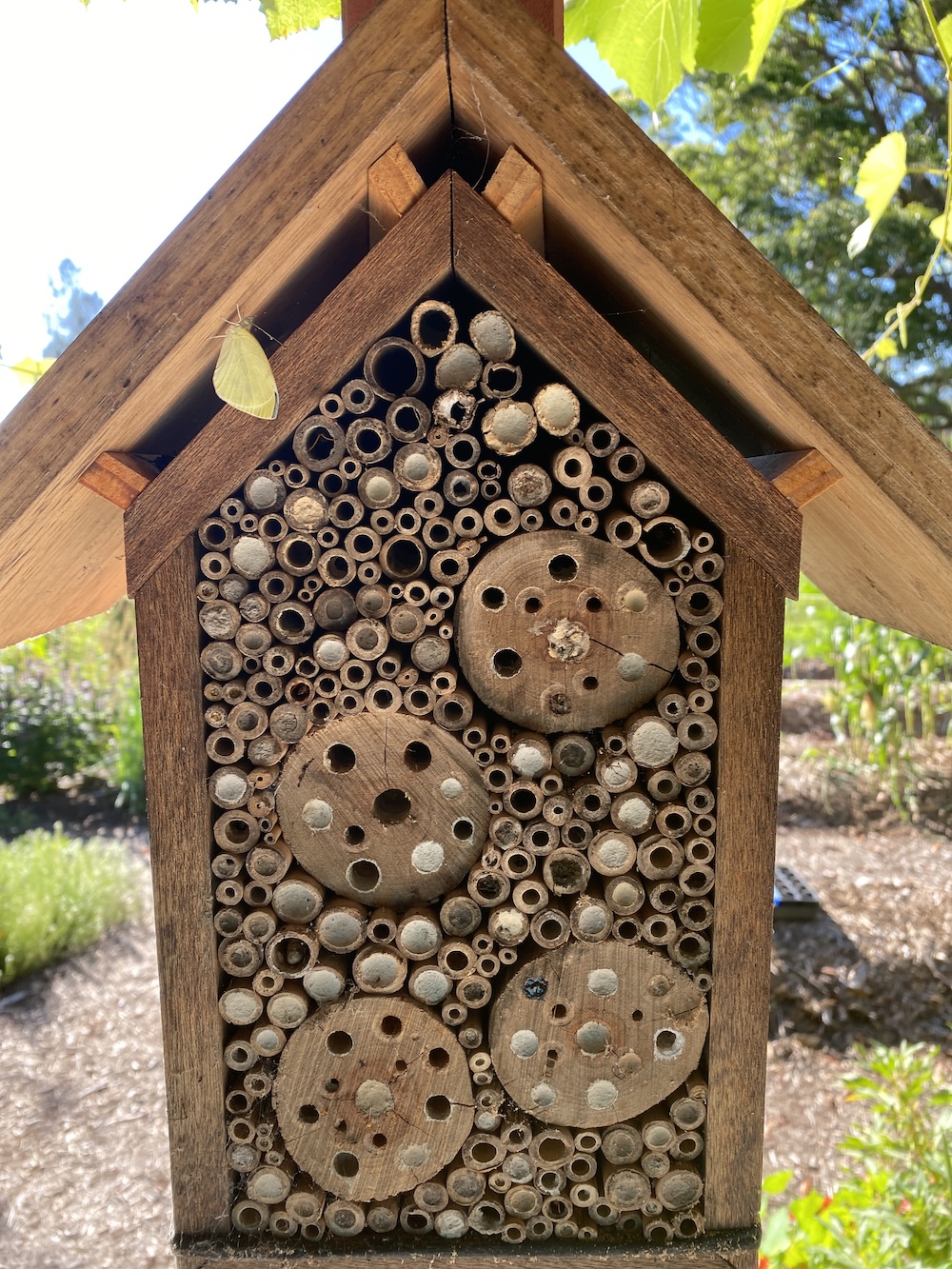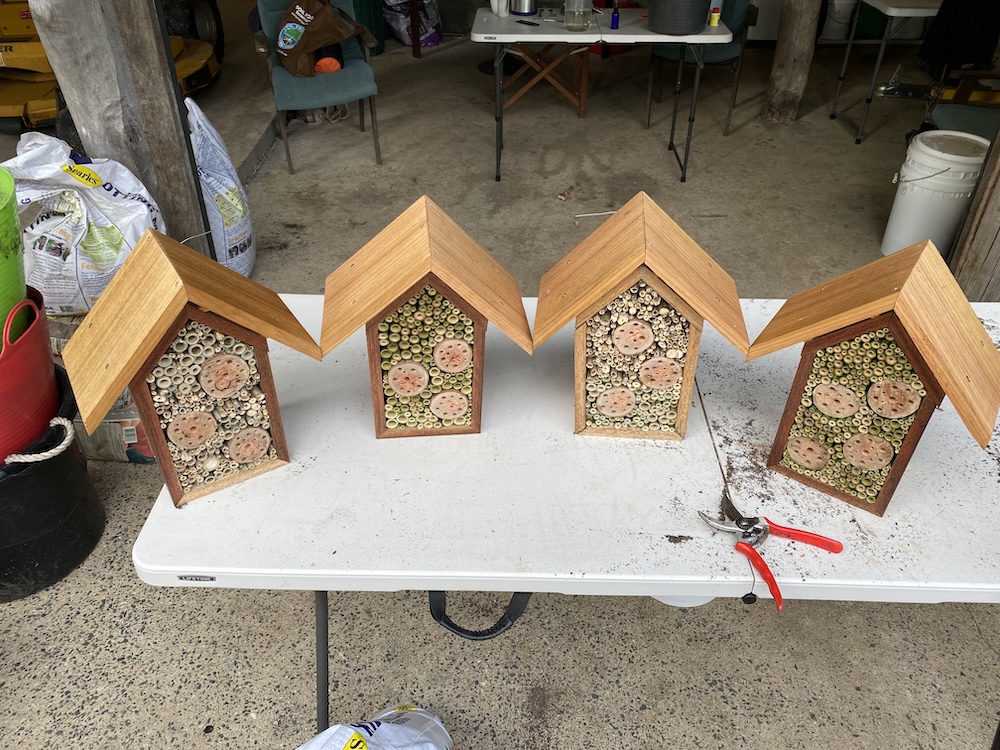In response to: Lest We Forget: Anzac Day and The Lone Pine
Comment from: kristi Member

Unfortunately their own site just adds to the confusion!
https://www.awm.gov.au/shop/lone-pine-seedlings
They state that the Aleppo pine is the Lone Pine, and also sell trees descended from the cones brought back by Benjamin Smith from branches on the Turkish trenches (Aleppo), not trees descended from the cone collected by Thomas Keith McDowell from the remains of the Lone Pine itself (Turkish).



Latest Comments